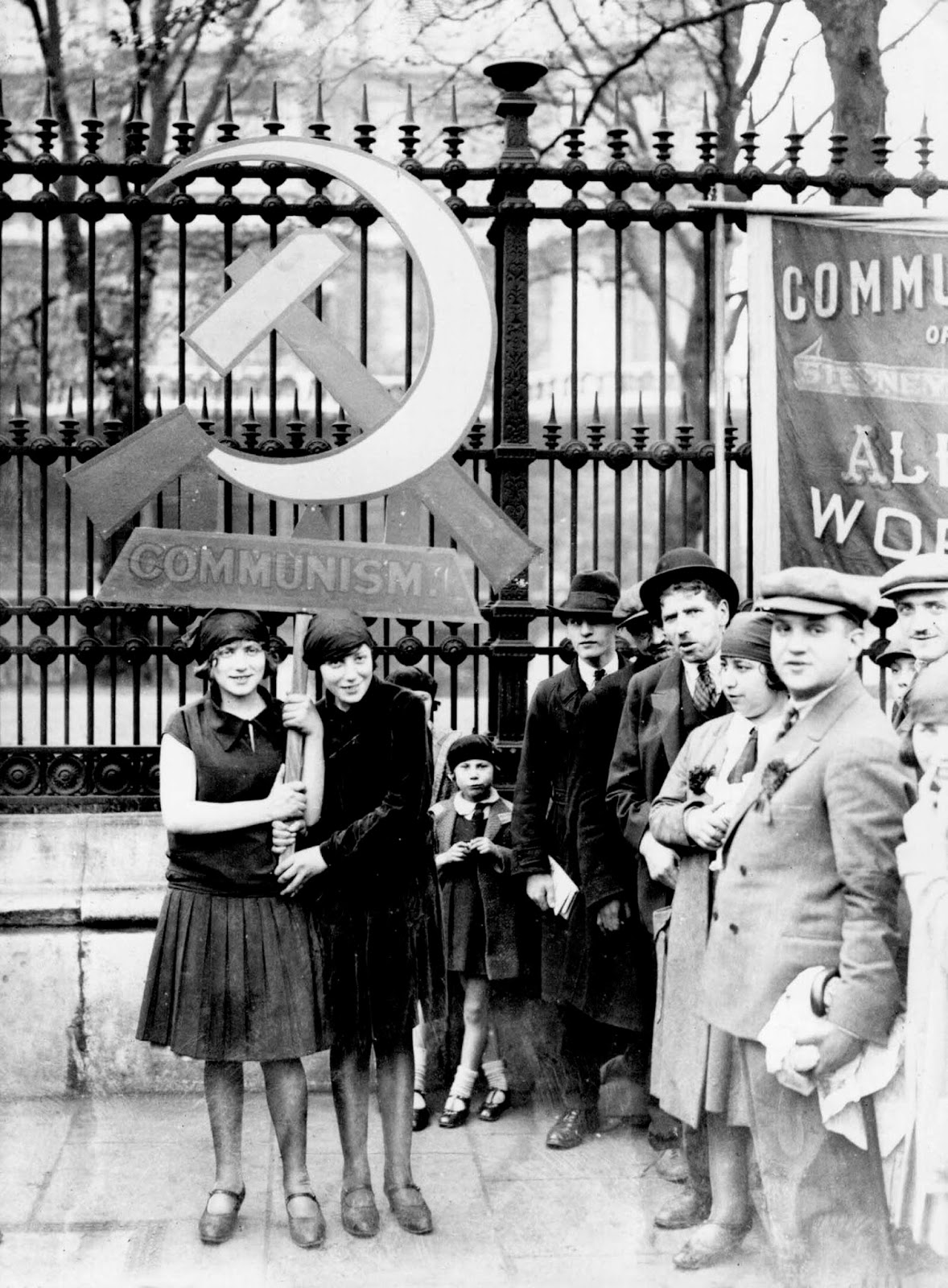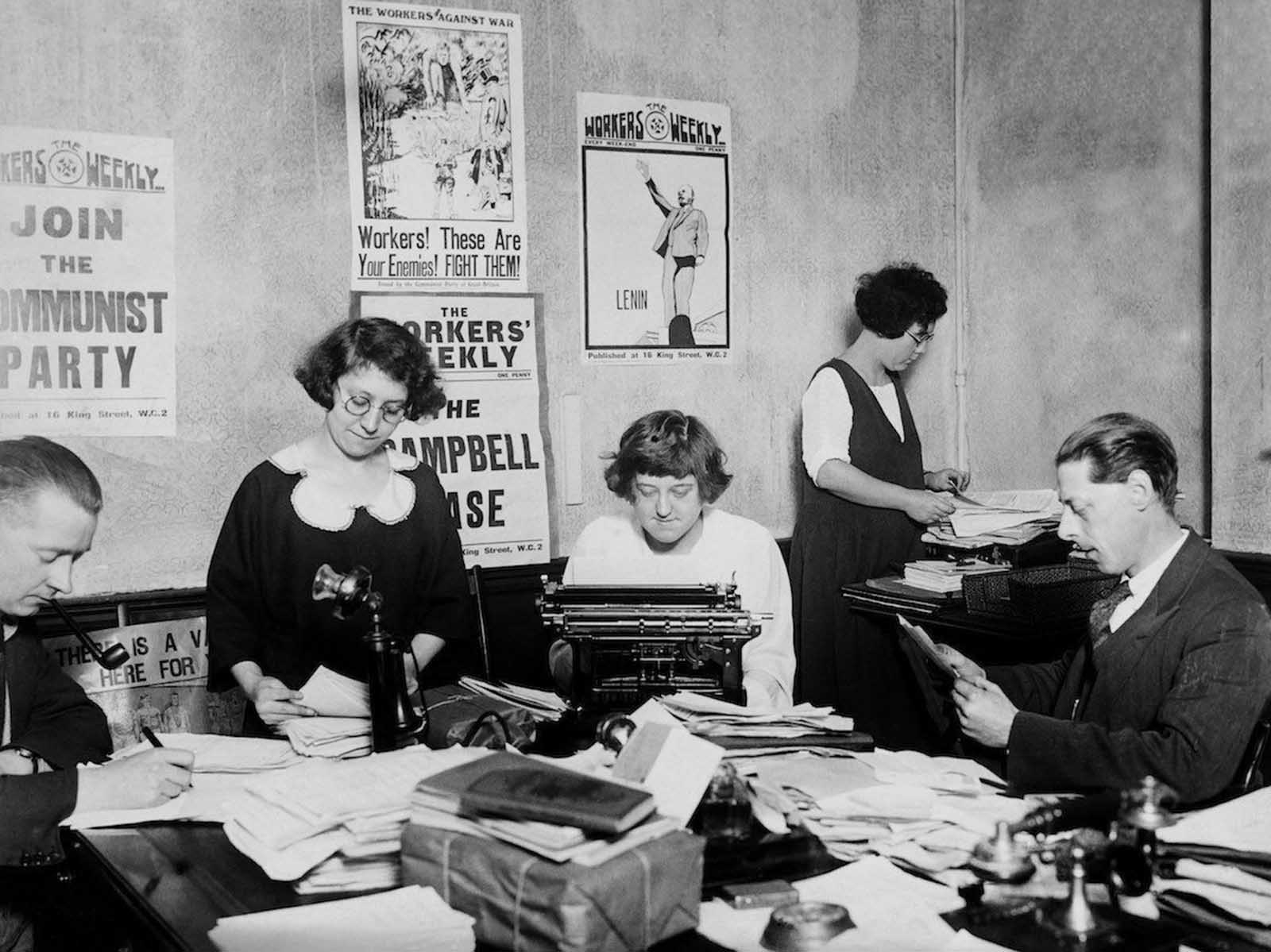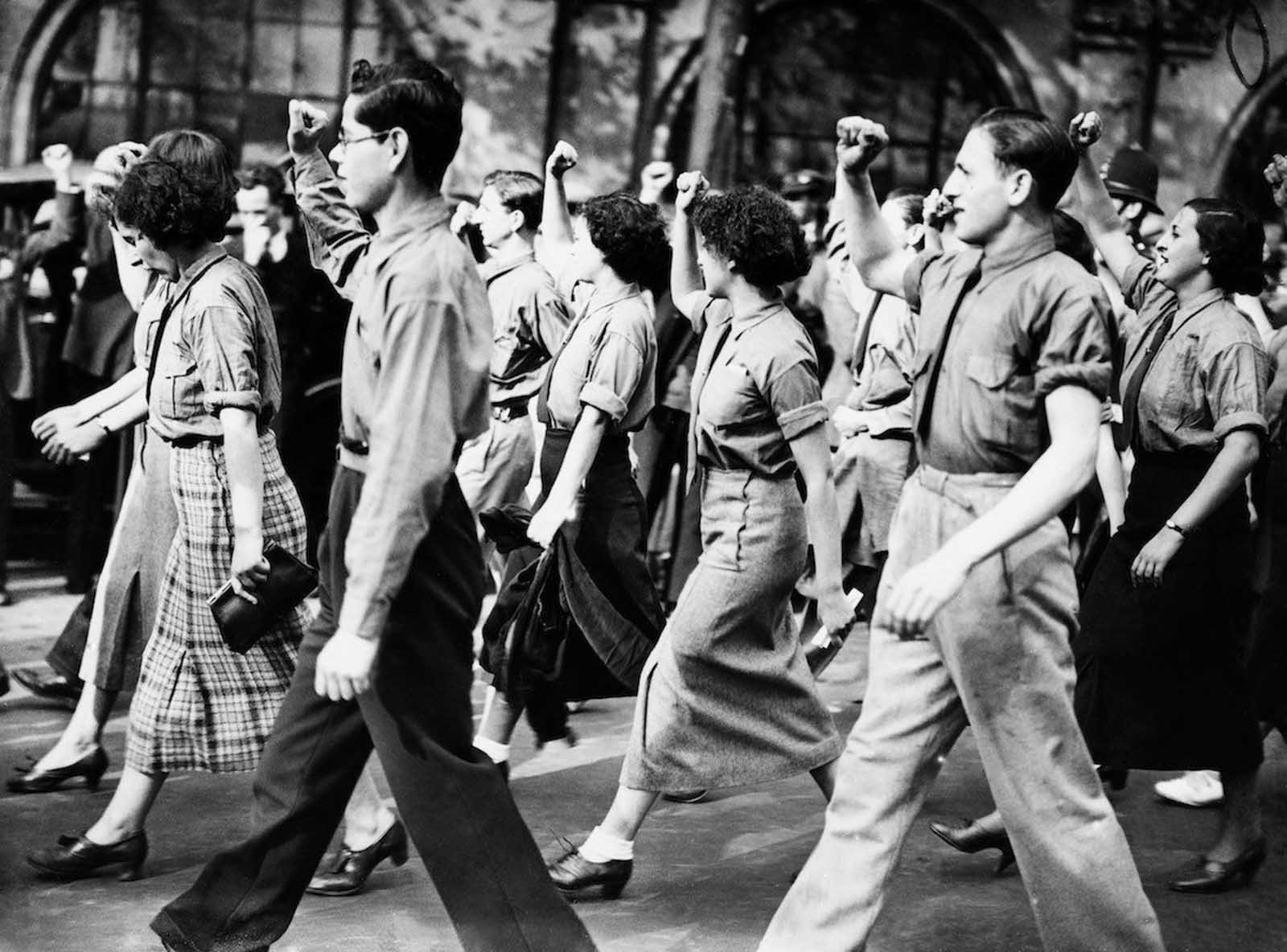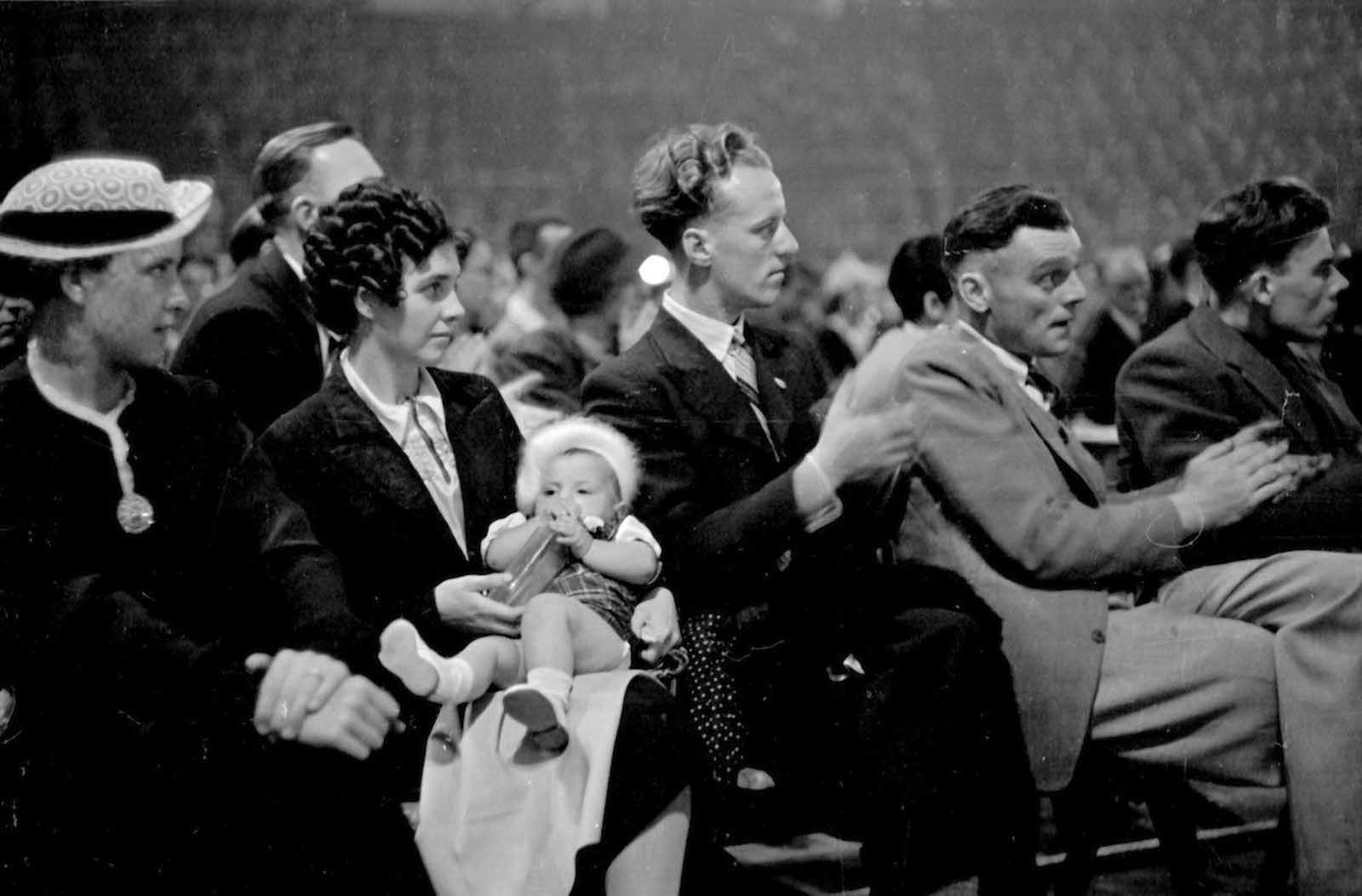It was agreed to form the Communist Party of Great Britain (CPGB). It later emerged that Lenin had provided at least £55,000 (over £1 million in today’s money) to help fund the CPGB. Prior to the 1926 British General Strike, large numbers of the CPGB’s leaders were put in prison under the charge of “seditious conspiracy”. But the CPGB’s support for the strike swelled its membership, particularly in Glasgow, East London and Wales, parts of which became known as “Little Moscow”. The party was active in organising various rallies and demonstrations. Some of these ended in violence, notably in 1936 when Communist marchers clashed with the Blackshirts, members of Oswald Mosley’s British Union of Fascists, in and around London’s Cable Street. From a body of only 2,555 in November 1930, membership the CPGB reached its high watermark in 1943 at 60,000 and it received 103,000 votes in the 1945 General Election, leading to two elected Communist MPs. The following year the CPGB received more than 500,000 votes in local elections and boasted 200 councillors as a result. From 1945 to 1956 the party was at the height of its influence. It experienced its greatest loss of membership after the 1956 Hungarian Revolution. Despite being directly funded by the Soviet Union from 1956 through to the late 1970s, the party became something akin to a pressure group and was further weakened by internal strife. In 1991, after the collapse of the former Soviet Union, the decision was taken to disband the party for good. (Photo credit: Conservative Party Archive / Getty Images). Notify me of new posts by email.
Δ Subscribe

































